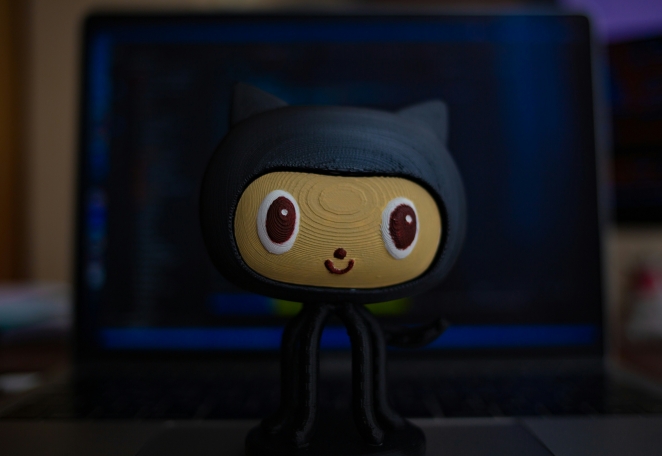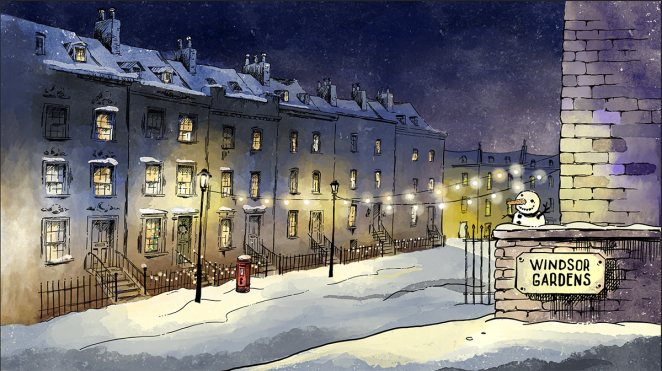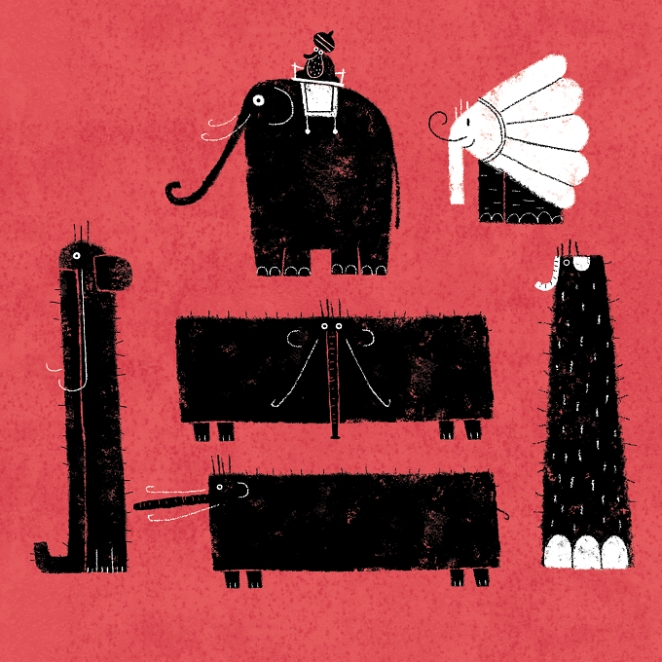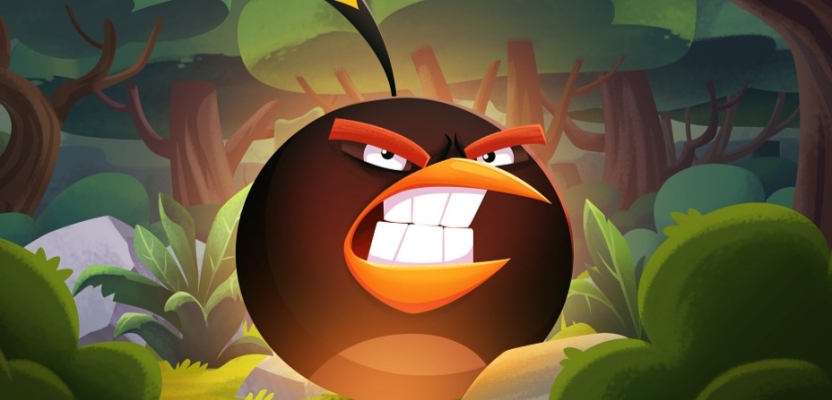In today's digital age, animation has become a powerful tool for storytelling, marketing, and engagement. Whether you need an animator for a commercial, a game, an explainer video, or a creative project, finding the right professional is crucial for success. Hiring an animator can be a daunting task, but with the right approach, you can find the perfect fit for your needs. This guide will walk you through the process of hiring an animator, from understanding your project requirements to making the final selection.

What is an Animator?
An animator is a skilled artist who creates the illusion of movement by designing and producing sequences of static images, known as frames. These frames, when played in quick succession, create the appearance of motion, bringing characters, objects, and environments to life. Animators work in various fields, including film, television, video games, advertising, and digital media, using their creativity and technical skills to tell stories and convey messages.
Key Responsibilities of an Animator:
Concept Development:
Animators often start with a concept or a story idea. They collaborate with writers, directors, and other team members to develop the storyline, characters, and overall visual style of the project.
Storyboarding:
Before diving into animation, animators create storyboards, which are visual representations of the script. Storyboards outline the sequence of events, key actions, and camera angles, serving as a blueprint for the animation process.
Character Design:
Designing characters involves creating the look and personality of each character. This includes drawing character sketches, refining their appearance, and ensuring they are consistent with the project's style and tone.
Creating Key Frames and Inbetweens:
Animators create keyframes, which are the main poses or movements in a sequence. In between frames are the transitional frames that connect keyframes, ensuring smooth motion. This process is crucial in traditional hand-drawn animation and is also simulated in digital animation.

Types of Animation
Animators can specialize in various types of animation, each requiring specific skills and techniques:
-
2D Animation: Traditional hand-drawn or digital animation involves creating two-dimensional characters and environments. It's commonly used in cartoons, explainer videos, and commercials.
-
3D Animation: Involves creating three-dimensional models and environments using computer software. 3D animation is prevalent in feature films, video games, and realistic simulations.
-
Stop Motion Animation: A technique where physical objects are moved in small increments between individually photographed frames. When played back, the sequence creates the illusion of movement. This method is often used in claymation and puppet-based animations.
-
Motion Graphics: Combines graphic design and animation to create visually engaging content, often used in advertisements, title sequences, and informational videos.
What to Look for in an Animator?
Hiring an animator involves more than just reviewing portfolios and checking technical skills. To find the right match for your project, it's essential to delve deeper and consider unique factors that can make a significant difference. Here are some unique points to consider when evaluating potential animators:
Narrative and Storytelling Ability:
Great animators are also great storytellers. Look for an animator who can convey a compelling narrative through their animations. This involves more than just creating visually appealing scenes; it's about crafting a story that engages the audience from start to finish. Check their previous work for examples where the animation effectively tells a story, regardless of its length or complexity.
Technical Proficiency:
Different animation projects may require expertise in specific software or tools. Ensure the animator is proficient in the tools necessary for your project. Common tools include:
- 2D Animation: Adobe Animate, Toon Boom Harmony
- 3D Animation: Autodesk Maya, Blender, Cinema 4D
- Motion Graphics: Adobe After Effects
Social Media Savvy:
Animators who understand the dynamics of social media platforms can create content optimized for maximum engagement. This includes knowing the best formats, lengths, and styles for different platforms (e.g., Instagram stories vs. YouTube videos). Check if they have experience creating animations that have gone viral or have achieved significant social media traction.

Image Credit- Evgenia Malina
Choosing the Best Animator: Permanent, Freelance, or Animation Studio?
When embarking on an animation project, one of the most critical decisions you'll make is choosing the right type of animator for the job. Should you hire a permanent animator, a freelancer, or an animation studio? Each option has its own set of advantages and challenges, and the best choice depends on your specific needs, budget, and project scope. Here’s a breakdown to help you decide:
Permanent Animator
Pros:
-
Consistency and Continuity: Having a permanent animator on staff ensures consistency in style and quality across all projects. They become familiar with your brand and can maintain continuity over time.
-
Immediate Availability: A permanent animator is always available, which means faster turnaround times for new projects and revisions.
-
Deeper Integration: As a permanent team member, an animator can better understand and integrate into your company culture and processes, leading to more cohesive and aligned work.
Cons:
-
Higher Costs: Employing a full-time animator comes with higher costs, including salary, benefits, and potential training expenses.
-
Limited Skill Set: A single animator might not have the versatility or range of skills needed for diverse types of projects, especially if your needs vary widely.
-
Resource Management: During slow periods, a permanent animator might have less work, leading to inefficiencies.
Best For:
- Companies with a steady stream of animation projects.
- Businesses that require a consistent animation style.
- Organizations looking for a team member to be deeply embedded in their brand.
Freelance Animator
Pros:
-
Cost-Effective: Freelancers can be a more affordable option since you only pay for the work done, without additional overhead costs like benefits.
-
Flexibility: Freelancers offer flexibility in terms of availability and can be hired on a project-by-project basis, allowing you to scale your resources up or down as needed.
-
Wide Range of Skills: The freelance market is vast, and you can find specialists with specific skills tailored to each unique project.
Cons:
-
Variable Availability: Freelancers often juggle multiple clients, which can sometimes lead to delays or scheduling conflicts.
-
Inconsistent Quality: Since freelancers are not permanent team members, ensuring consistent quality and style across multiple projects can be challenging.
-
Management Overhead: Managing multiple freelancers can become time-consuming and complex, particularly if you have several ongoing projects.
Best For:
- Short-term or one-off projects.
- Businesses looking to experiment with different styles.
- Companies with variable animation needs.
Animation Studio
Pros:
-
Comprehensive Services: Animation studios offer a full range of services, from conceptualization to final production, often including storyboarding, sound design, and post-production.
-
Team of Experts: Studios employ teams of specialists, ensuring high-quality work across all aspects of the project.
-
Scalability: Studios can handle projects of any size and complexity, providing the resources necessary for large-scale productions.
Cons:
-
Higher Costs: Studios generally charge higher fees compared to hiring freelancers or permanent animators due to the comprehensive services and team involved.
-
Less Control: Working with a studio can sometimes mean less direct control over the animation process, as you're collaborating with a larger team.
-
Potential for Bureaucracy: Studios can have more formal processes and layers of management, which can slow down decision-making and responsiveness.
Best For:
- Large or complex projects requiring a high level of expertise.
- Businesses looking for a one-stop-shop for all animation needs.
- Projects with bigger budgets and longer timelines.

Image Credit- Ali Abbasnia
Using Creativepool
Looking to hire an Animator? Creativepool has thousands of talented members waiting to make your project shine.
There are 3 ways for you to find an Animator on Creativepool.
Search and Contact
Are you looking for more control over your collaborations and the selection process? Taking a proactive approach to talent scouting involves directly searching for talent and handpicking individuals you’d like to work with.
Here’s how it works: Simply search for animators and explore the results. You’ll have the opportunity to review their projects, CVs, and resumes, allowing you to make an informed decision for your next hire.
At Creativepool, we utilize a set of indicators to rank our members based on their job titles. By exploring the top 25 ranked Animators, you can efficiently discover the most talented individuals on our platform. However, don’t overlook the potential of finding untapped talent among our thousands of other skilled members.
Once you identify a professional whose style and experience align with your requirements, reach out to them directly by clicking on the message tab. If you have a specific vision for the type of creative professional you’d like to collaborate with, utilizing our search feature is the ideal approach.
Once you’ve discovered a professional whose style and experience resonate with your needs, reach out to them directly by clicking on the message tab. If you have a precise vision of the type of creative professional you’d like to collaborate with, searching is the ideal approach.
Post a studiogig
Looking for a freelance Animator? The quickest way to find available talent is to advertise your brief. With us, briefs for individuals are called studiogigs.
Posting your role is a simple process. Once you submit it, we kick into action behind the scenes to find the perfect talent for your requirements. After advertising your brief, all you need to do is sit back and wait for direct applications from interested candidates
Post a job
If you are looking for a permanent Animator, then advertising an Animator job is the best way to attract talent. The process is identical to posting a studiogig.
Once you post your role, we’ll carefully review the advertisement details. We’ll then send job alerts to our community members who closely match your criteria, and your role will be prominently featured on our jobs board. Interested StudioGigs applicants will apply directly to you.
Whether you’re posting a job or a StudioGig, or if you’re searching for talent, rest assured that you retain full control over whom you choose to hire. There’s no obligation to select any of the applicants, and you can negotiate rates directly with them.
If you need any help on your talent hunt. You can chat with us or send us a message. We'd be happy to help.
Post a StudioBrief
Looking for an animation studio? The quickest way to find an available animation studio is to advertise your studiobrief. With us, briefs for agencies or studios are called studiobrief.
Posting your brief is a simple process. Once you submit it, we kick into action behind the scenes to find the perfect studio for your requirements. After advertising your brief, all you need to do is sit back and wait for direct applications from interested studios or agencies.

Image Credit- Ali Abbasnia
Conclusion
In conclusion, whether you choose a permanent animator for consistency and integration, a freelance animator for flexibility and cost-effectiveness, or an animation studio for comprehensive expertise and scalability, the right decision hinges on aligning your project’s needs with each option’s strengths. By assessing factors like project scope, timeline, and budget, you can ensure your animation project not only meets but exceeds expectations, delivering compelling visuals that resonate with your audience and achieve your creative goals effectively.







